About lightweight expanded clay aggregate LECA
LECA is short of lightweight expanded clay aggregate or expanded clay (exclay). It is made from natural clay at average 1200 degree in rotary kiln. The yielding gases are expanded by thousands of small bubbles as long as this temperature and porosity will appear by many voids and honeycombs at these round shape aggregates when melted materials become cold. LECA has an approximately round or potato shape due to circular movement in the kiln and is available in different sizes and densities. LECA is widely applied in many industries. It can replace ordinary sand and stone to make light aggregate concrete, used as water treatment filter material, adsorbent, permeable pavement material, and can also be used as agriculture, garden soilless cultivation medium, and bridge panels, hollow blocks and other construction raw materials.
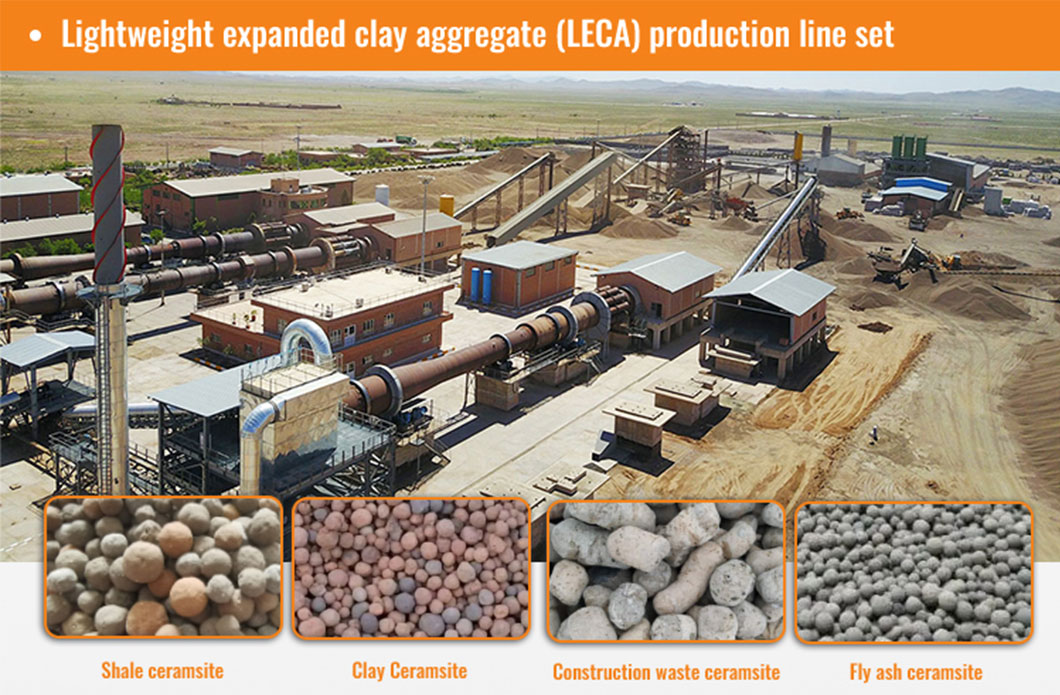
LECA Production Introduction
The production of the LECA generally requires seven steps: crushing, mixing, grinding, pelletizing, calcining, cooling and screening.
The main equipment in the LECA production line includes jaw crusher, mixing machine, ball mill, pelletizer, rotary dryer, trommel screen, rotary kiln, cooling machine.
Principle of LECA production process
The principle of the production of LECA by the expansion method is that the tailings rich in clay can be gradually softened at high temperature, and have a certain viscosity, and can flow and deform under the action of external force.
At the same time, at this temperature, the gas produced by chemical reactions such as the oxidation of organic matter in the tailings, the decomposition of carbonate, the reduction of iron oxide, and the dehydration of hydrous minerals will generate expansion pressure.
Under the action of gas pressure, only the softened clay with a certain viscosity expands, and the total temperature is controlled to just make the softened clay expand, and the gas cannot escape, and then cools rapidly, a light-weight clay with a dense and hard shell and a loose and porous interior is formed.
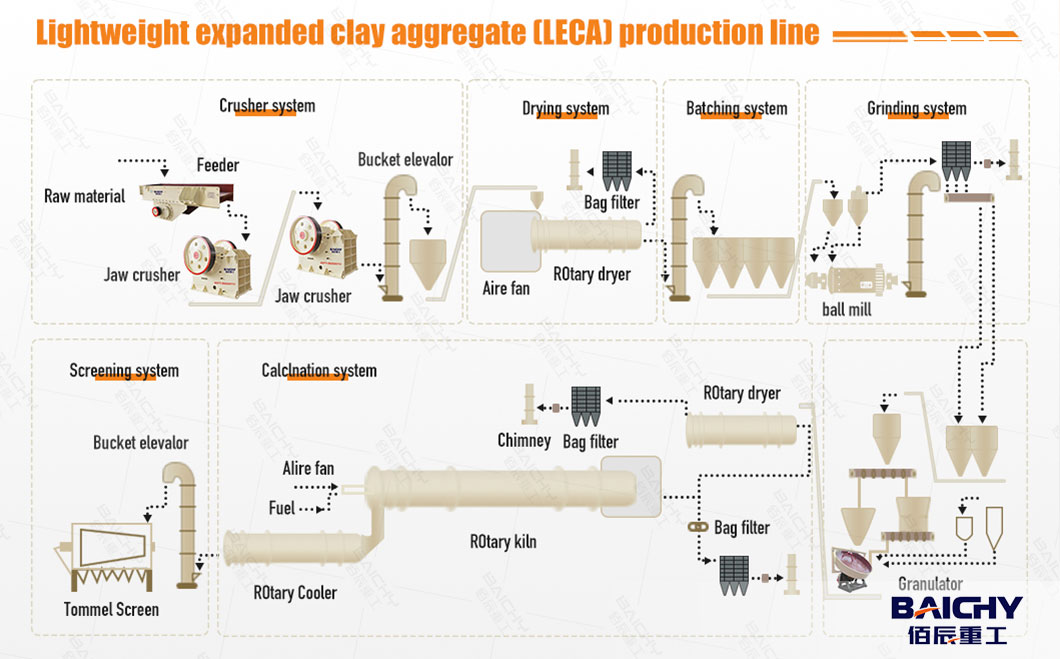
Process introduction of LECA production
1.The production process of LECA can refer to the production of ordinary ceramsite. For gangue in the form of closed blocks, it can be directly crushed into 0.5-1.2cm particles by using a crusher, and made into granules to produce ordinary ceramsite.
For tailings in the form of powder or mud, they should be made into balls first to produce spherical ceramsite.
For the tailings with low water content, extrusion pelletizing machine, pelletizing roller, and pelletizing disk can be used to pelletize; for muddy tailings, spraying method can be used to pelletize.
The optimum size of pellets or balls should be calculated in advance according to the gradation requirements of the designed product and the average expansion rate obtained from the expansion test.
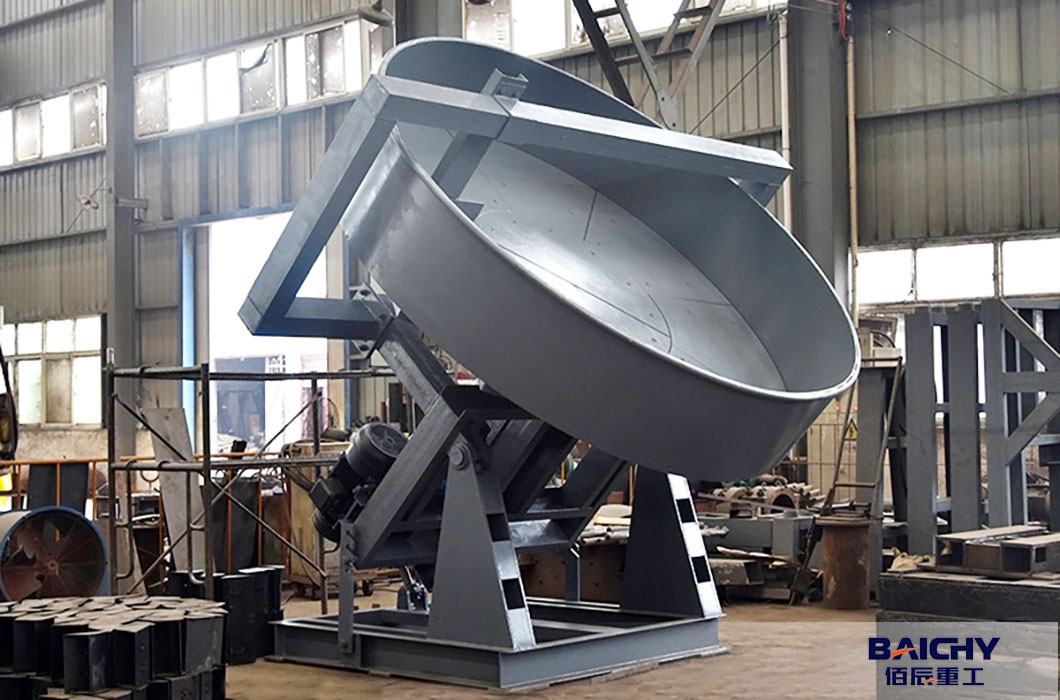
2.The prepared granules and balls are sent to the rotary dryer for drying to remove crevice water, control the moisture content of the molding, and make the balls obtain the necessary strength. Then bake it in a furnace.
3.The calcining process should adopt two stages.
First to preheat at a slower speed with reaching 200-300 ℃, to prevent bursting caused by sudden entry into the high temperature zone.
Then quickly put it into the high-temperature firing zone for burning, stay in the high-temperature zone for 40-60s, and then enter the cooling zone. Roasting equipment can use rotary kiln, Liboer kiln, differential pressure furnace, cupola and so on. But now the special equipment for firing ceramsite - jet furnace is used for firing.
After the dried pellets or balls are put into the furnace, the rising gas flow carries them up, touches the furnace wall and starts to fall, and then is raised again, and is inflated in the process. After about 40 seconds, the fuel is stopped. Supply, judge the partition, unload the ceramsite, and then enter the next cycle. In order to continue to increase the strength of the ceramsite, a cooling machine such as rotary cooler can be added behind the cellar.
4.After drying the pellets or pellets into the furnace, the rising gas flow carries up, touches the furnace wall and begins to fall, and then is raised again, and is expanded in this process, about 40s later, the fuel supply is stopped, the panel is opened, the ceramic particles are discharged, and then enter the next cycle. In order to make the strength of the ceramic particles continue to increase, a cooling machine can be added at the back of the cellar.
5.The Light Expanded Clay Aggregate (LECA) outlet from rotary cooler and then fed into a vibration screen (or rotary screen). They will be screened into the size of 5mm, 15mm and 25mm. The different size will be packed in different bags, which will loaded for sales.
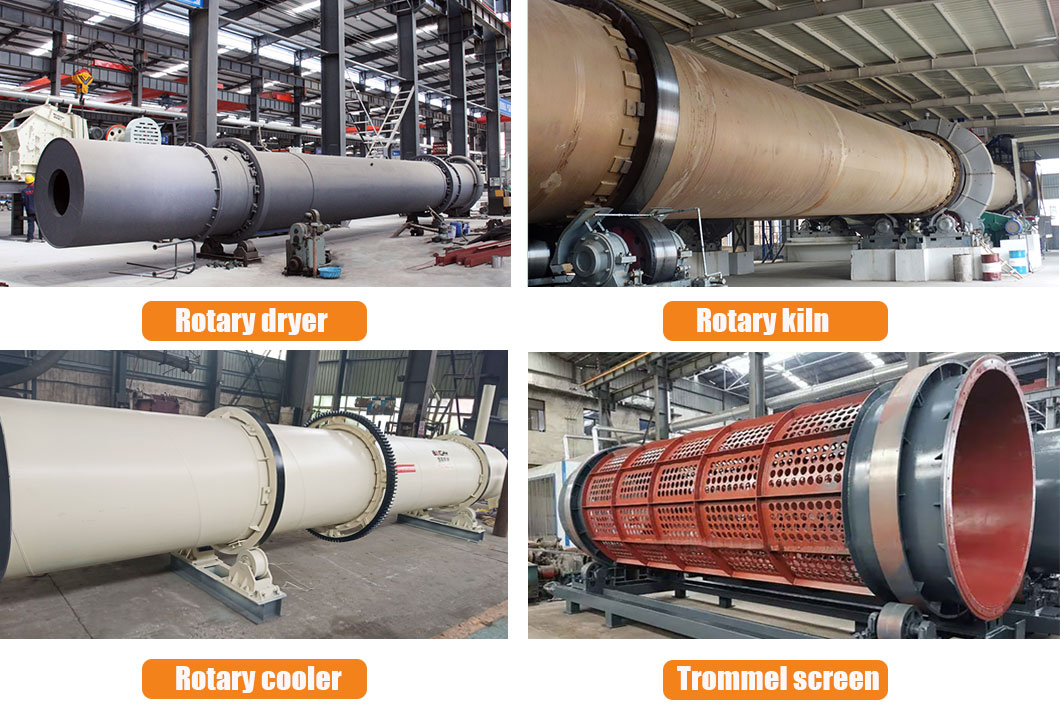
Matters need attention about LECA production process
In order to make the expansion process smoothly implemented, so that the obtained product is both light and high strength, for the production of clay tailings of ceramic particles, the following conditions must be met:
1. In terms of material structure, the component minerals should be fine and evenly distributed.
2. In terms of mineral composition, water cloud parent material or hydromica-montmorillonite is the best, and the quartz content should be as low as possible.
3. In terms of physical properties, it is required to be in the range of 1050-1200 ° C, with good expansibility, the expansion rate is not less than 200%, the melting temperature is not higher than 1300 ° C, the softening temperature range is not less than 70 ° C, and the burning rate is low.








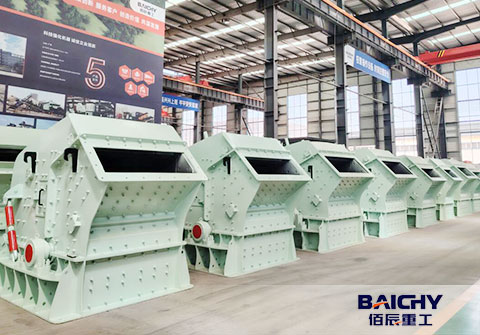
 2025-04-14
2025-04-14



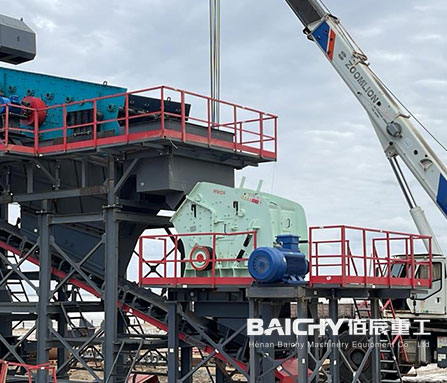

















 86-15093113821
86-15093113821
 86-15093113821
86-15093113821

